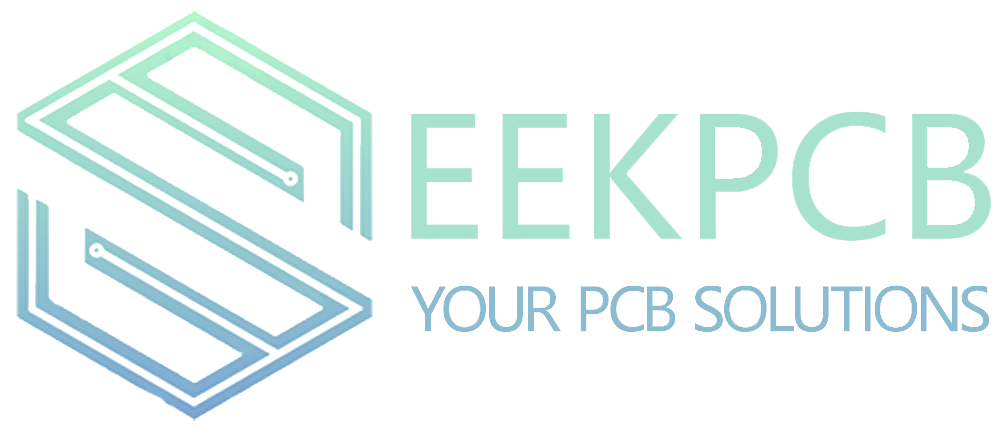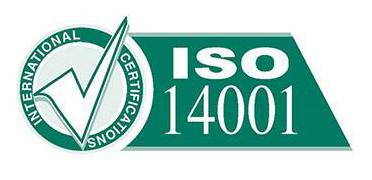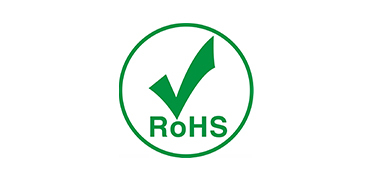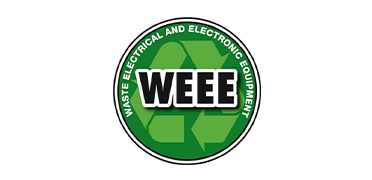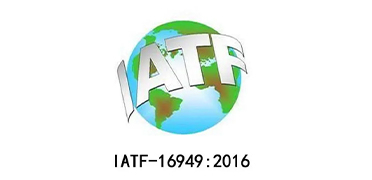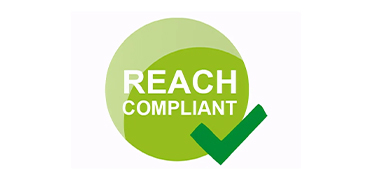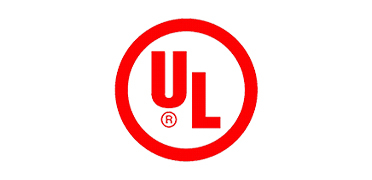Different types of PCB surface finish
Views: 0 Author: Site Editor Publish Time: 2023-12-05 Origin: Site








一、What is surface finsih?
PCB surface treatment is the metal-to-metal connection between bare copper and components in the weldable area of the printed circuit board. The circuit board has a base copper surface that is easily oxidized without a pcb protective coating, so a surface finish is required. PCB surface treatment has two main functions, one is to protect the exposed copper circuit, and the other is to provide weldable surface components to the PCB when welding.
二、 What is PCB surface finish types?
1、HASL
HASL is one of the most commonly used and cheapest surface treatments in the industry. It is divided into two types, one is leaded tin, and one is lead-free tin. HASL PCB is now widely used in SMT processes.

Advantages of HASL:
Sufficient supply, Reworkable, Excellent shelf life, Excellent weldability, Low cost, Longer storage time, Allows large processing Windows, Suitable for lead-free welding, etc.
Disadvantages of HASL:
Uneven surfaces, Not suitable for thin spacing, Thermal shock, Not suitable for HDI boards, Solder bridge, etc.
2、Immersion Tin
Immersion Tin is a metal finish deposited by a chemical displacement reaction and applied directly to the base metal (i.e. copper) of the circuit board. It protects the underlying copper from oxidation during its intended shelf life. Since all solders are tin-based, the tin layer can match any type of solder.

Advantages of Immersion Tin:
Excellent flatness, Suitable for thin pitch /BGA/ smaller components, Press to the right finish, Good weldability after multiple thermal shifts, Suitable for horizontal production line, etc.
Disadvantages of Immersion Tin:
Sensitive to handling, Short shelf life, tin whiskers will appear after 6 months, Erosive to solder resistance layer, Not recommended for use with a peel off mask, etc.
3、Immersion Gold (ENIG)
ENIG finish has historically been the best fine pitch (flat) surface and lead-free option. It is a two-step process that covers a thin layer of gold on top of a thin layer of nickel. Nickel acts as a barrier to copper and is the surface to which the components are actually welded, while gold protects nickel during storage. The role of Au is to prevent the oxidation of Ni during storage, thus extending the shelf life, but the gold settling process also produces excellent surface smoothness.

Advantages of Immersion Gold:
Flat surface, Suitable for PTH (plated through holes), Long shelf life, etc.
Disadvantages of Immersion Gold:
Expensive, Non-returnable, Signal loss, Complex process, etc.
4、OSP
OSP typically applies a very thin material protective layer to exposed copper using a conveyor process, thereby protecting the copper surface from oxidation. This film must have the characteristics of oxidation resistance, thermal shock resistance, moisture resistance, etc., to protect the copper surface from rust (oxidation or vulcanization, etc.) under normal conditions. However, in the subsequent high-temperature welding, this protective film must be easily removed by the flux quickly, so that the bare clean copper surface can be immediately combined with the melted solder, forming a strong solder joint in a very short time. In other words, the OSP acts as a barrier between the copper and the air.

Advantages of OSP:
Flat surface, Simple process, very smooth surface, lead-free welding and SMT, Reworkable, Environmental protection, Cost effectiveness
Disadvantages of OSP:
Thickness cannot be measured, Not suitable for PTH (plated through holes), Short shelf life, Cannot weld (rework) more than twice, Inconvenient for visual and electrical testing.
5、Immersion Silver (ImAg)
Immersion Silver is a non-electrolytic chemical surface treatment applied by dipping a copper PCB into a silver ion tank. It is ideal for circuit boards with EMI shielding and is also used for dome contacts and lead bonding. The average surface thickness of silver is 5-18 microinches. Considering modern environmental issues such as RoHS and WEE, sunken silver is more environmentally friendly than HASL and ENIG. It is also popular because it costs less than ENIG.
Advantages of Immersion Silver:
High weldability, Good surface smoothness, Low cost and lead-free (RoHS compliant),
Disadvantages of Immersion Silver:
High storage requirements, Easily contaminated, Short assembly window after removal from packaging, Difficulty in electrical testing, etc.
6、Electroless nickel electroless palladium immersion gold (ENEPIG)
The chemically impregnated gold coating material has a copper-nickel-palladium-gold layer structure, which can be directly bonded to the pcb coating. The final layer of gold is very thin, as is the case in ENIG. The gold layer is soft, as in ENIG, so excessive mechanical damage or deep scratches may expose the palladium layer. Compared to ENIG, ENEPIG PCB has an additional palladium layer between nickel and gold, which further protects the nickel layer from corrosion and prevents the black mat that can appear in ENIG finishes. The difference between ENEPIG and ENIG is the added palladium layer. Palladium helps protect the nickel layer from corrosion, which is one of ENEPIG's significant advantages over ENIG's surface finish. The gold deposition layer located on top of the palladium provides almost complete circuit board protection by protecting and preserving the palladium underneath.

Advantages of ENEPIG:
Extremely flat surface, Lead free content, Multi-cycle assembly, Excellent solder joints, No corrosion risk, Shelf life of 12 months or more, etc.
Disadvantages of ENEPIG:
Still a little expensive, Reusable but with some limitations, Processing limitations.
7、Electrolytic hard gold
Hard gold, technically known as hard electrolytic gold, consists of a layer of gold plated on a nickel coating. The purity of gold plating classifies this surface treatment as hard gold (99.6% purity) or soft gold (99.9% purity) and is commonly used in high wear areas such as edge connector fingers.

The thickness of the hard gold finish will vary from application to application. When hard gold is used in military applications, the minimum thickness should be 50-100 microinches. 25 to 50 microinches for non-military applications.
Advantages of Hard gold:
Hard, durable surface, Lead-free, Long shelf life.
Disadvantages of Hard gold:
Very expensive, Extra processing/labor intensive, Plating required, Etched bottom cuts can cause cracking/peeling, No welding above 17 μin, etc.
+86-18925293263
